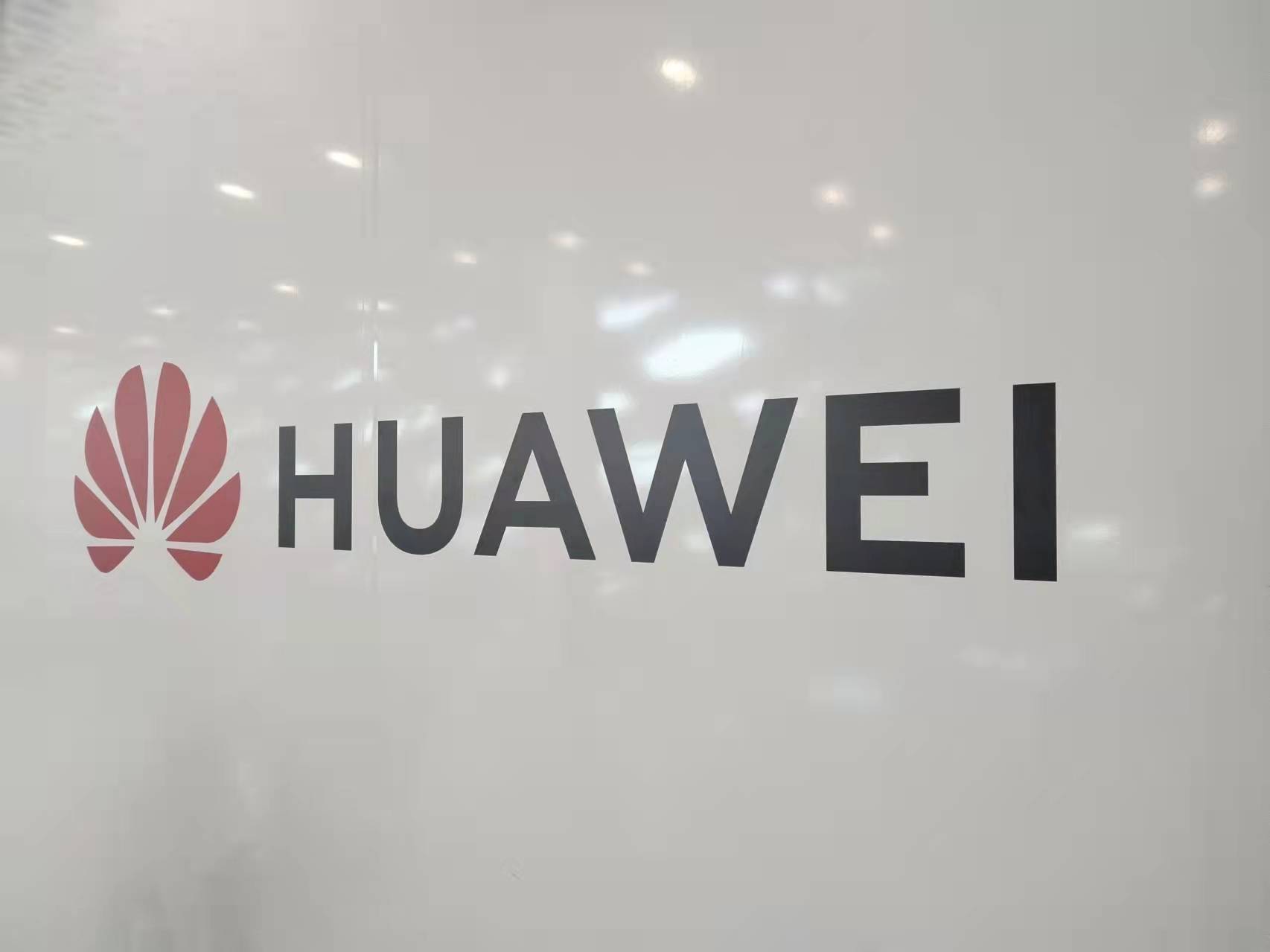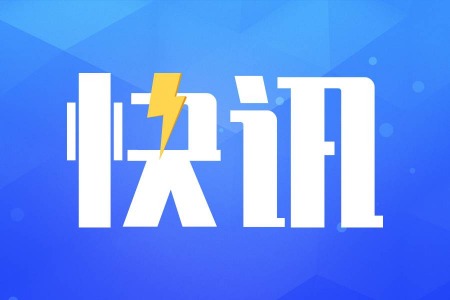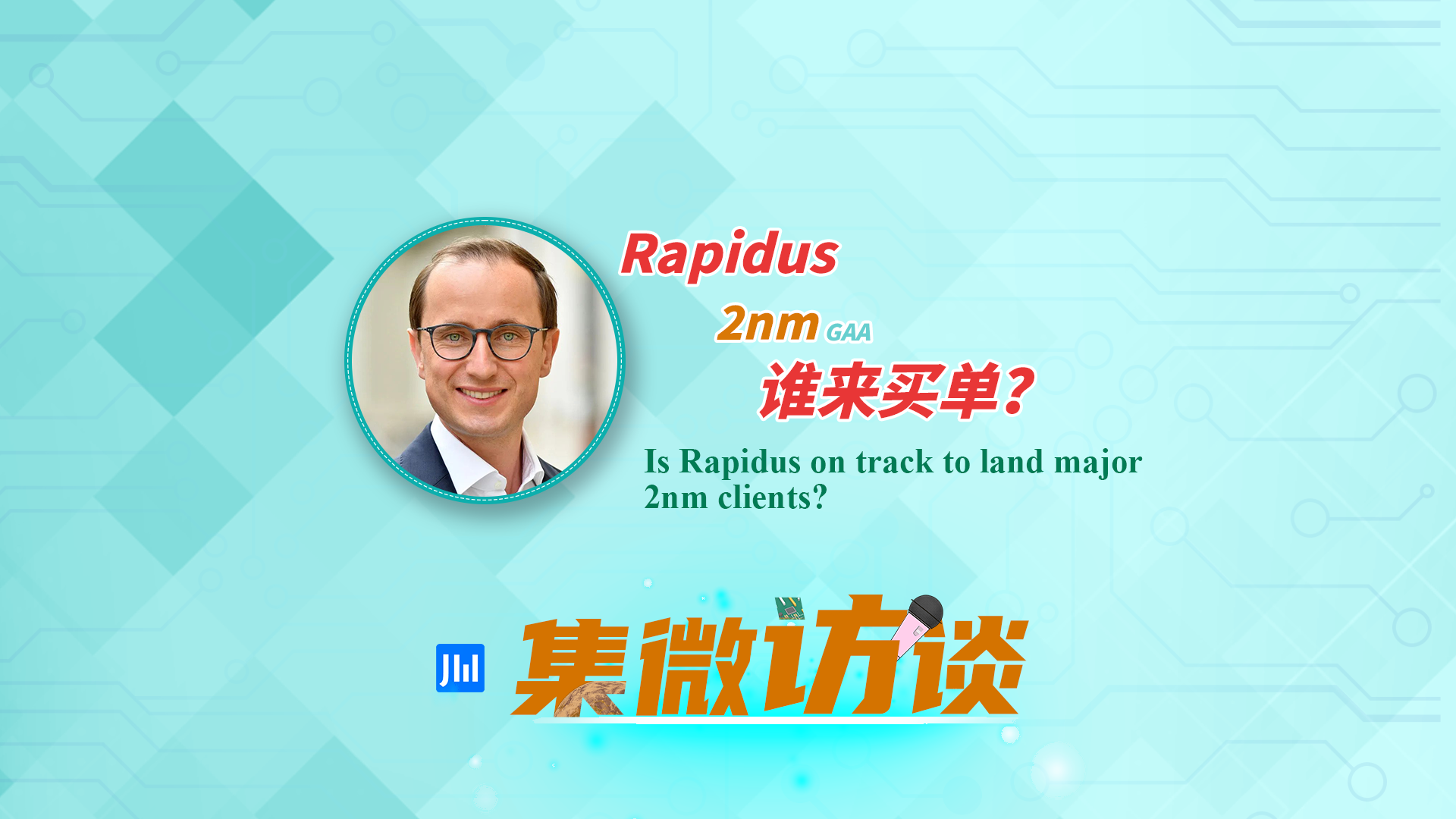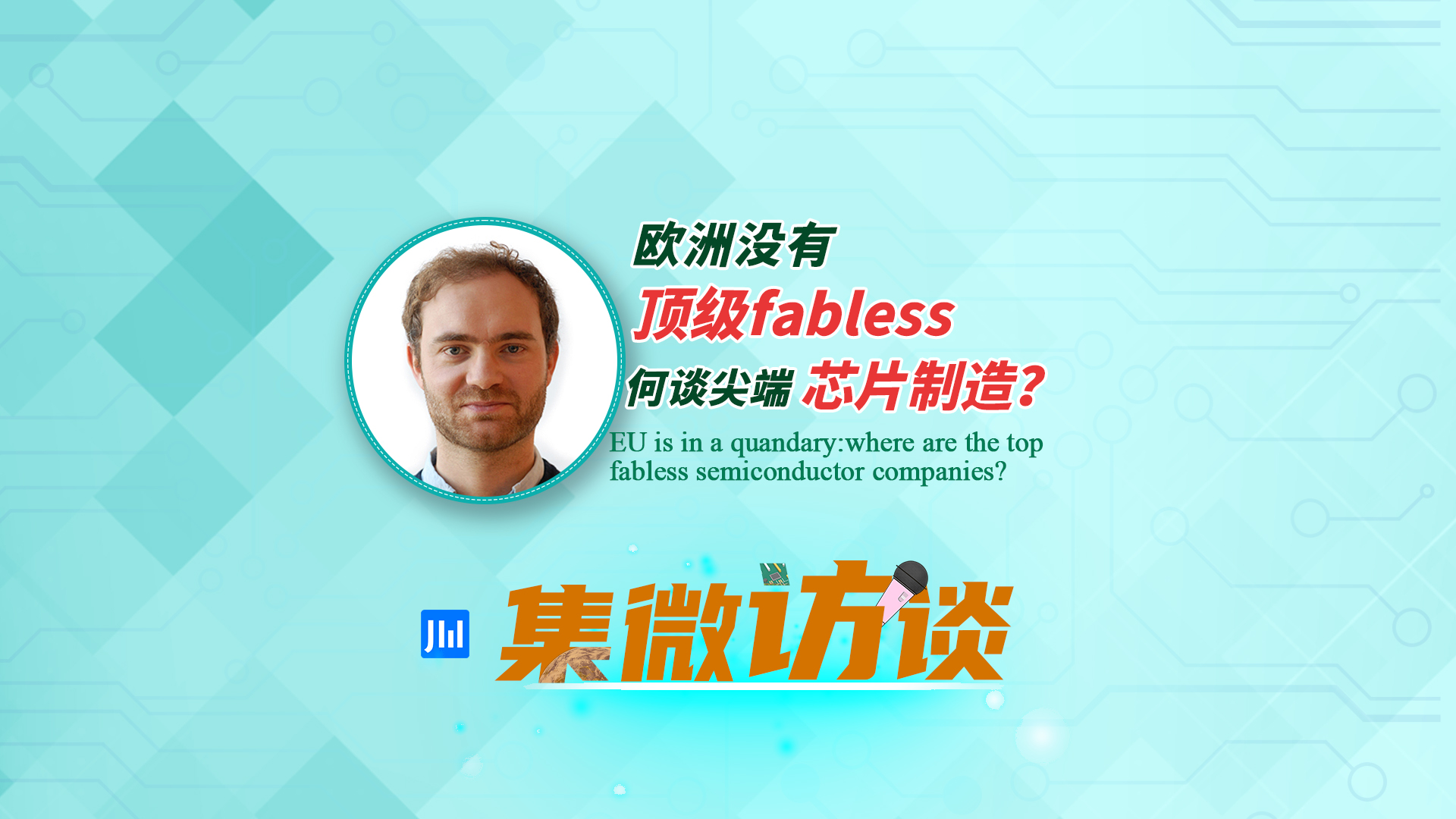Chinese telecom conglomerate Huawei teamed up with north China’s Tianjin Port to create an efficient and intelligent port and bolster its domestic commercial offerings in the face of US sanctions, reported SCMP on January 17.

The automated terminal, which went into operation in October 2021, is one of the latest efforts from Huawei Technologies Co as it seeks to bolster its domestic business in the face of US sanctions that have hobbled its consumer technology business overseas.
The project, a collaboration with the Port of Tianjin and other partners, uses autonomous driving, 5G, cloud computing, and the Internet of Things (IoT) to create more automated, greener operations, according to Huawei.
“At the beginning, the operator of Port of Tianjin told us that it is very difficult to hire drivers, and after recruitment, the attrition rate for drivers was very high,” said Yue Kun, chief technology officer at Huawei’s Smart Road, Waterway & Port Business Unit.
Yang Jiemin, vice-president of Tianjin Port Group, said the new smart terminal needs just 200 workers compared with 800 at a traditional terminal.
“At traditional container terminals, all equipment, including large-scale equipment, and every vehicle require a driver,” he said. “So with this technology, we are able to see a big reduction in required manpower.”
With this project, Huawei is seeking to tap into a global smart port market expected to reach $11.15 billion by 2030, according to a recent report from Research and Markets.
Automation could speed things up. The current automated system can handle up to 36 containers per hour, Yang said, compared with 28 to 30 containers at a traditional terminal, said SCMP.
Huawei has been exploring new growth since it was put on the US Entity List in 2019, which cut it off from certain business dealings with American companies. Its international smartphone business was all but killed and it sold its budget brand Honor in 2020.
Huawei CEO Ren Zhengfei, who served in the People’s Liberation Army during the Cultural Revolution and founded the company 1987, said the telecoms equipment maker had “no path to retreat” after establishing new teams he called “legions” in October 2021. These cross-departmental groups focus on digital transformation products and services for smart mining, customs and ports, technologies to reduce energy consumption at data centres, smart systems for highways, and the photovoltaic industry, according to SCMP.
The struggling Chinese tech giant is expected to report RMB 636.9 billion ($91.5 billion) in revenue for 2022, according to a New Year’s message posted online by rotating chairman Eric Xu in late December, almost no change from its reported 636.8 billion yuan in 2021. Still, flat earnings are an improvement, as 2021 revenue was down 28.6 per cent year on year.
In its smart port work, Huawei could find scaling up to be difficult. Yue said it is hard to transform traditional terminals, which is why automated terminals are mainly added when new terminals are built from scratch. “Some ports are not willing to transform existing terminals because it will affect current operations,” he said.
These projects are long-term investments, Yue added, as it may take time to see a profit.“We are confident in the total return on investment, but if we count it in the short term, we may not be able to justify starting this project,” Yue said.
(Gao J)








